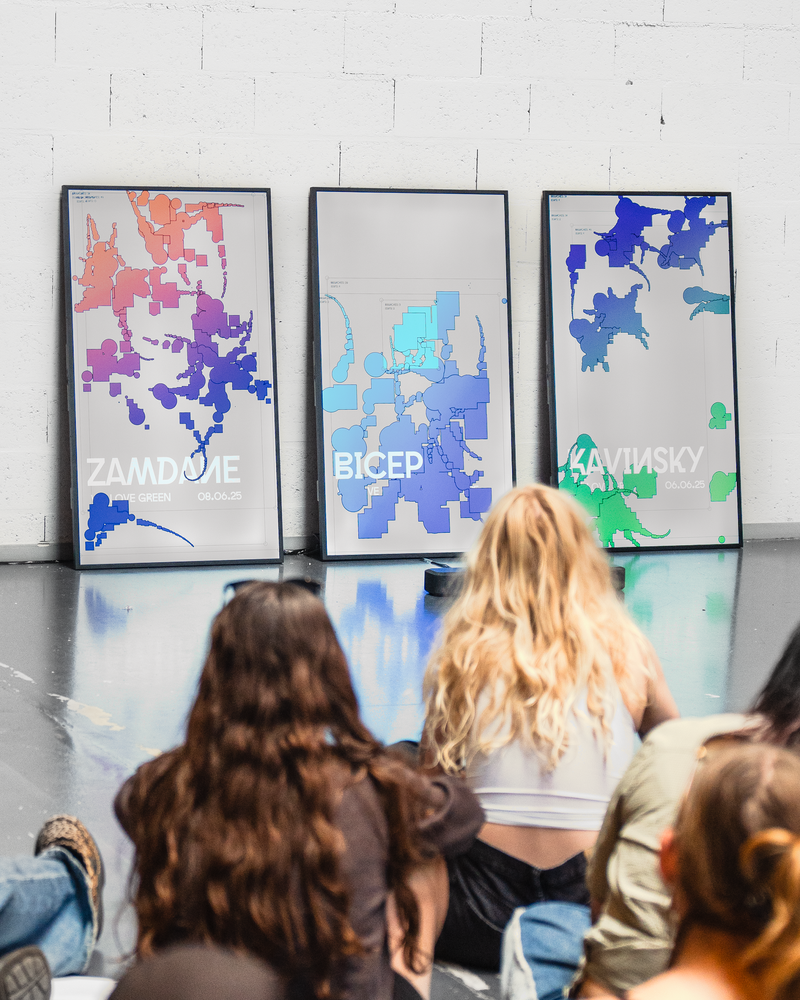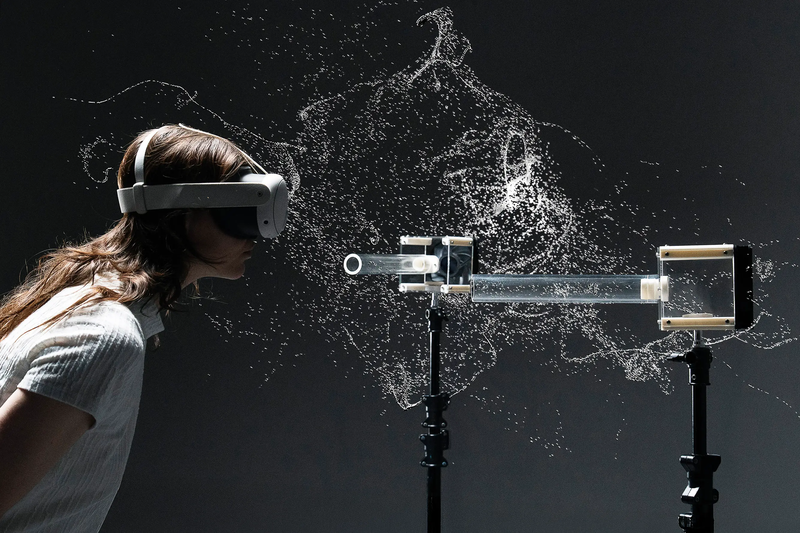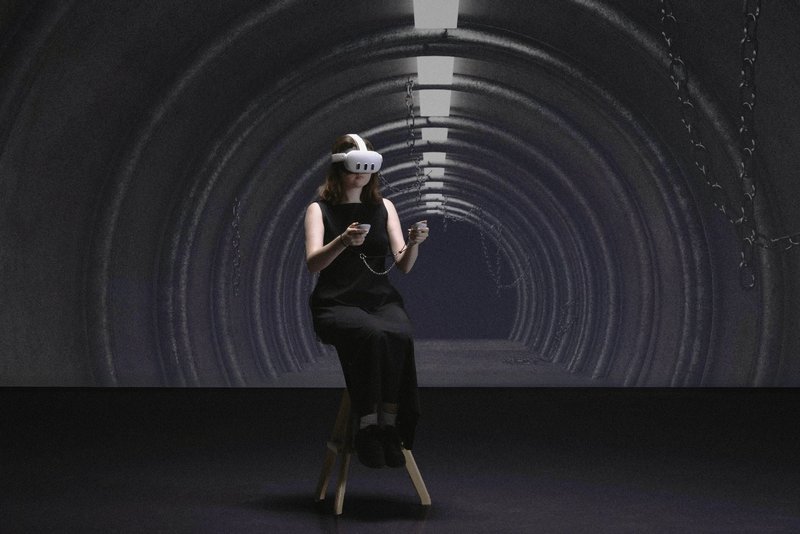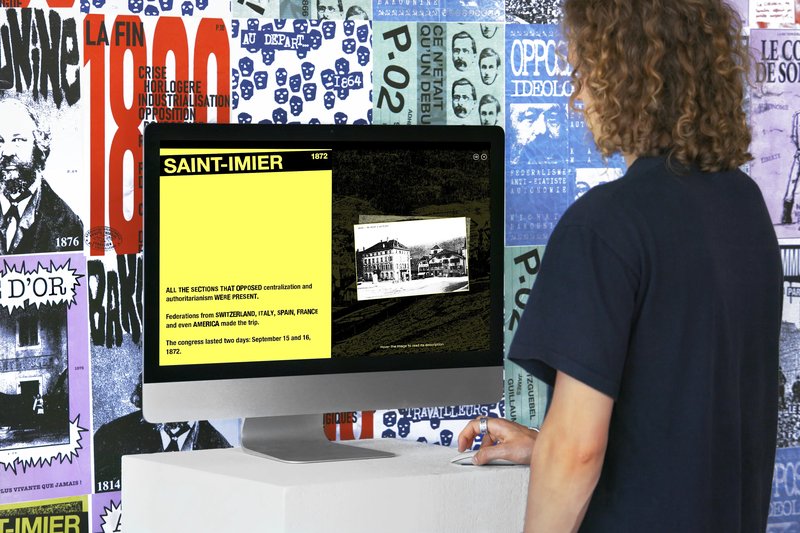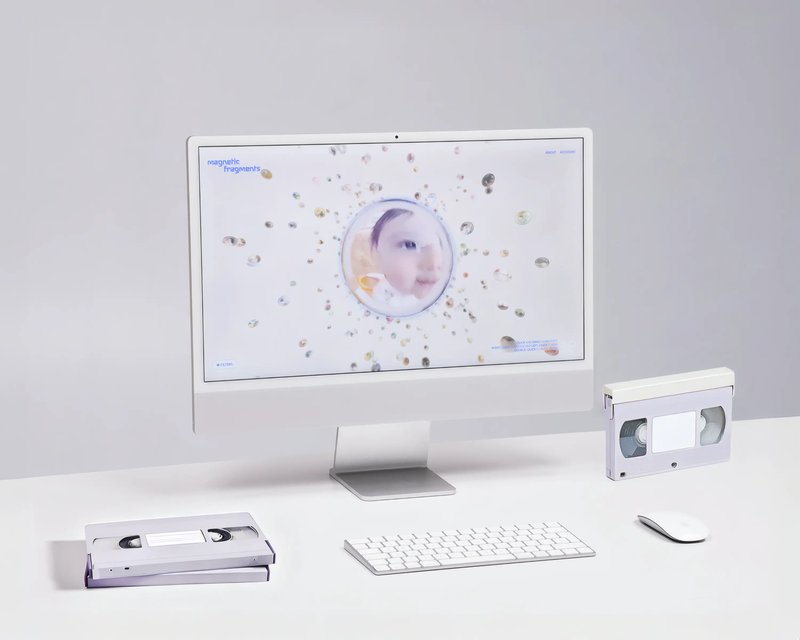In the field of automated manufacturing and industrial robots, the term used to highlight the concept of total automation is that of lights-out manufacturing, namely factories potentially capable of running with the lights off, without any on-site human presence required. This project adopts a virtually antithetical approach, casting the spotlight on the robotic arm and its many possibilities, and outlining the new opportunities for collaboration that these machines can offer designers, artists and creators at large. It does not adopt the perspective of production nor that of optimisation, but focusses more on experimentation, inspiration and collaboration.
Robotic arms have expanded beyond their traditional industrial applications, presenting creators with opportunities to explore innovative production methods and new forms of expression. A rising generation of designers, artists, and architects is repurposing machines, originally designed for different tasks, for creative purposes. These machines are now being employed in collaborative and alternative ways, offering novel possibilities. However, embracing robotics in creative endeavors still involves a steep learning curve and significant financial investments. Over the past two decades, some production machines initially meant for industrial use have become accessible to designers, architects, and artists. Examples include 3D printers, laser cutters, and CNC milling machines. These tools, while initially intended for production, have found new life in the realms of creation and experimentation. They are now widely accessible in art and design school, fablabs or art and design studios. In this landscape, industrial robotic arms, especially their collaborative versions, have emerged as valuable tools for creativity. However, there is still a lack of reliable reference resources suited for this community.
The project Creative Applications for Robotics aims to address this problem by offering access to best practices and case studies that can be used to further learning, stimulate ideas and foster the integration of collaborative robots into creative practices. The project therefore focuses on the use and interaction with this type of robot in a creative environment.
Our goal is to produce a guide accompanied by a set of resources and relevant case studies. This content will be available in the form of an Open Access website and a printed edition.
Advances in robotics are traditionally considered to belong to the realm of engineering and computer science, yet there is growing evidence that designers and artists have much to contribute to innovation in this area. Consequently, our research question addresses real needs insofar as inspiring case studies and specific resources can greatly further the inclusion of these new tools in art and design curricula and prove a useful addition to the multidisciplinary skills of tomorrow’s creators.
- Main applicant
-
Alain Bellet, associate professor HES
- Research team
-
Researchers
Andrea Anner (AATB)
Alain Bellet
Thibault Brevet (AATB)
Martin Hertig
Guest lecturers / Guest designers and artists
Jussi Ängeslevä
Mar Canet (Varvara & Mar)
Varvara Guljajeva (Varvara & Mar)
Niklas Hagemann
Taiyo Onorato
Raphaël Pluvinage (Pinaffo – Pluvinage)
Marion Pinaffo (Pinaffo – Pluvinage)
- Students
-
“Production Line” Workshop, May 2023
BA1 Media & Interaction Design & BA1 Industrial Design
Abla Bolassi Owoussi, Alexander Bryant Paynter, Alexandre Li, Alexine Sierro, Alice Graff, Aryana Noorani, Aurélien Clerc, Baptiste Godart, Charlotte Jobin, Charlotte Waridel, Elena Biasi, Emilie Maier, Eva Reymond, Fernandez Oriana Gonzalez, Flavia Renaud, François Ader, Gaia Vitali, Isaure Nicolet, Jean-Elie Matile, Jeremy Loup, Joab Schneiter, Julie Tena, Lélie Guiochet, Livia Schmid, Mael Sandoz, Maëlle Rotten, Mathias Liniger, Matteo De Carlo, Matthieu Rigelo, Mehdin Talovic, Melchior Myard, Noah Stanley, Olivia Capol, Quentin Kohler, Salla Vallotton, Sasha Iatsenia, Thomas Gaudin, Titouan Longatte, Valère Zen-Ruffinen
- Duration
-
February 2022 – October 2023
- Partners
-
AATB – Practice for non-industrial robotics
- Supported by
-
ECAL/École cantonale d’art de Lausanne
Réserve stratégique de la HES-SO (RCDAV)
